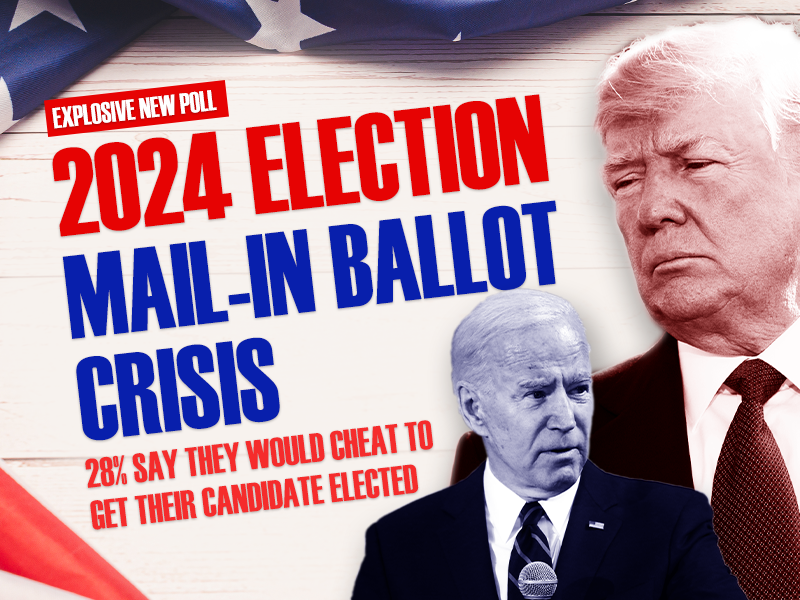Gov. Tim Walz recently released his budget proposal, “Minnesota’s COVID-19 Recovery Budget,” which totals $52.4 billion over two years and would increase spending by $1.3 billion. Walz’s plan also includes $1.6 billion in new taxes.
If this tax-happy budget is passed, Minnesota would have the second highest business tax and third highest income tax rates in the nation. Apparently, Walz wants Minnesota to join the ranks of California, New York, and Illinois, which are experiencing mass exoduses due to their ever-increasing taxes.
Among Walz’s laundry list of new tax proposals would be a so-called “millionaire tax” for the top 0.7 percent of Minnesota earners. This would apply to married couples filing jointly earning more than $1 million or individuals earning more than $500,000. Although “millionaire taxes” are popular with some residents and lawmakers, they also create significant negative economic consequences. Minnesota will be no different.
Higher taxes motivate wealthy taxpayers to move to other states with more favorable tax codes, which means these wealthy taxpayers transport their income, capital, and tax revenues with them.
The always promising projected revenue from so-called millionaire taxes have fallen short in other states where they have been imposed. Relying on an alterable tax with a small base is historically unreliable and can lead to large budget deficits. In many cases, states with broader and flatter tax systems generate more revenue in a consistent and predictable manner.
Gov. Walz and the Minnesota Legislature would do well to attempt to incentivize Americans to move to Minnesota instead of pushing productive Minnesotans away. Many states with excessive tax burdens are seeing mass exoduses that are only increasing due to the fallout surrounding the COVID-19 pandemic and lockdown orders from mostly Democratic leaders. According to the U.S. Census Bureau, net domestic out-migration from 2010 through 2019 saw 1.4 million leaving New York; 912,000 leaving California; and 865,900 leaving Illinois.
Gov. Walz has also proposed an additional 1.5 percent tax on capital gains and dividend income between $500,00 and $1 million, as well as an additional 4 percent tax on income over $1 million. According to the Department of Revenue, this would affect more than 7,000 households who would end up owing an average of $30,000 per year. If even a small percentage of those 7,000 households left the state, Minnesota begins to take substantial hits to its tax base.
Gov. Walz has also proposed increasing the corporate franchise tax rate on corporations classified as “C corporations” to 11.25 percent. This would be a considerable rise from the current 9.8 percent rate.
Personal income and corporate tax hikes are without a doubt the most destructive and corrosive tax hikes because they disincentivize production, innovation, and investment. Recent studies show states with no income tax or with lower income taxes perform better economically while facilitating population growth and in-state job growth.
As aforementioned, high income taxes deter economic development by discouraging higher-income-earners and new capital from moving into a state, or in this case, pushing high-earning Minnesotans out. A study by the Americans for Tax Reform Foundation found, “Each positive 1 percentage point tax burden differential between states decreases the ratio of income migration into the high-tax state by 6.78 percent in a given year.”
Furthermore, a retroactive tax on previously taxed foreign income that is brought back into the country has been proposed. According to the proposal, this could go as far back as 2016.
Finally, Gov. Walz proposes adding $1 per pack to the state’s existing $3.04 per pack tax on cigarettes paired with a series of tax hikes to be added to vaping products. In general, cigarette taxes are notoriously unreliable revenue sources, which disproportionally affect lower-income Minnesotans. A Cato Journal article notes from 2010 to 2011, “smokers earning less than $30,000 per year spent 14.2 percent of their household income on cigarettes, compared to 4.3 percent for smokers earning between $30,000 and $59,999 and 2 percent for smokers earning more than $60,000.
Keeping all of this in mind, it would behoove Minnesotans to contact their state representatives in an attempt to convince the legislature to carefully consider all of the economic fallout that would follow the passing of this tax-heavy budget proposal. Following the coronavirus pandemic, tax hikes are not a viable economic solution, particularly unreliable taxes such as increased income taxes and cigarette taxes. All taxes should be applied to a broad base and maintained at a low and economically competitive rate if Minnesota wants to keep businesses and residents in the Gopher State.
[Originally posted on RedState]





